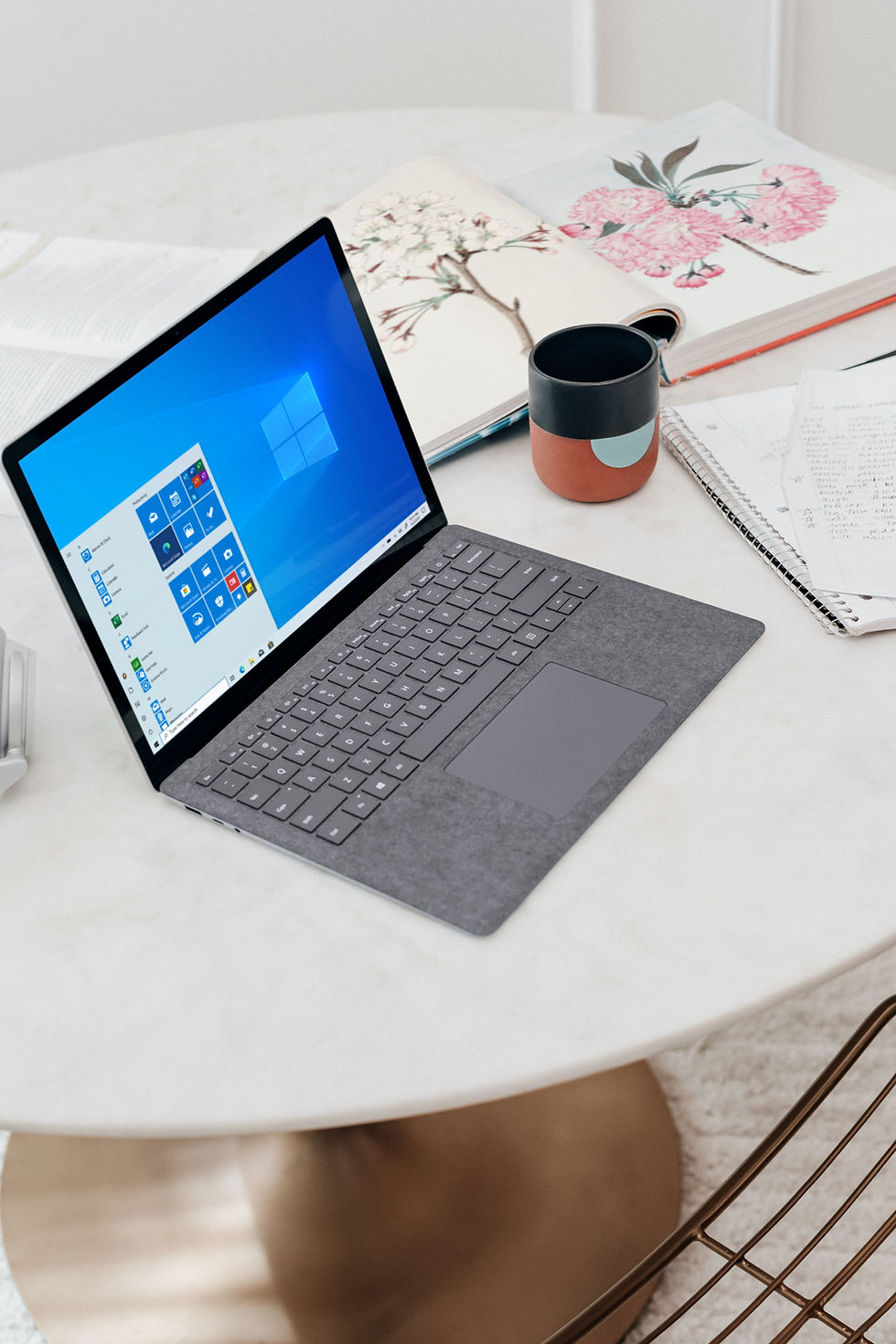2G: An Entirely New G
- Oakland Solutions

- Jan 22, 2020
- 1 min read
What's Up With All the G's? Part 2
2G: SMS and MMS
2G (second generation cellular network) was born in Finland in 1991. Because it was digital, not analog like 1G networks, it took cell phones to a whole new level and things would never be the same.
2G introduced SMS (Short Message Service) and MMS (Multimedia Messaging Service), as well as call and text encryption. This meant the world could send text and picture messages. Well, as long as they were in proximity to a tower.
Benefits of 2G technolgy
Its battery life far exceeded that of its analog predecessor, 1G, because its digital signal used less power than analog signals. 2G technology made possible the short and incredibly popular text message, along with multimedia messages (MMS) and picture messages. 2G's digital encryption added privacy to data and voice calls. Only the intended recipient of a call or text could receive or read it.
Disadvantages of 2G technology
The downside of 2G was that it was very dependent on proximity and location to towers, and its digital nature only compounded that problem. Analog signals degenerated over distance, consistently resulting in static until the signal becomes unintelligible, while digital signal cut off or lost and distorted dramatically because of its jagged, on-off nature. This means that as 2G signal became lesser, the frequency of dropped calls and robotic-sounding voice became more prevalent.
2.5G and 2.75G: Data, Finally!!!
Before making the major leap from 2G to 3G wireless networks, the lesser-known 2.5G and 2.75G were interim standards that bridged the gap to make data transmission — albeit, slow data transmission — possible.











Comments